Nationality Italian Died June 8, 1959, Rome, Italy Movement NaturalismRealism Education Accademia Albertina | Name Pietro Canonica Role Composer | |
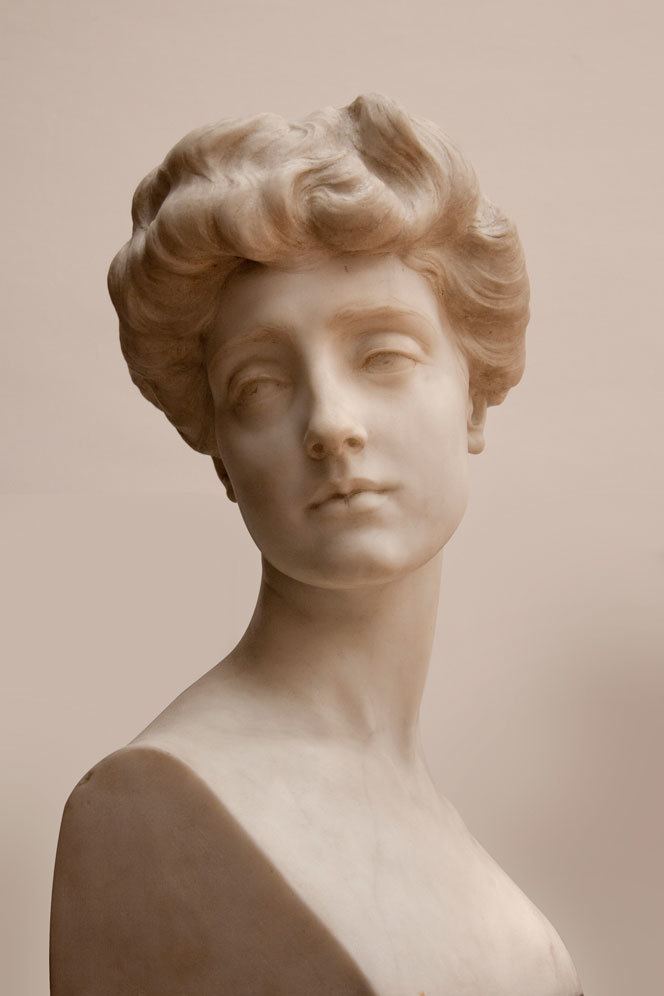 | ||
Patron(s) | ||
Pietro canonica italian sculptor 1869 1959
Pietro Canonica (1 March 1869 – 8 June 1959) was an Italian sculptor, painter, opera composer, professor of arts and senator for life.
Contents
- Pietro canonica italian sculptor 1869 1959
- Tradizioni d arte visita allo scultore pietro canonica
- Biography
- Selected artwork
- Musical works
- References
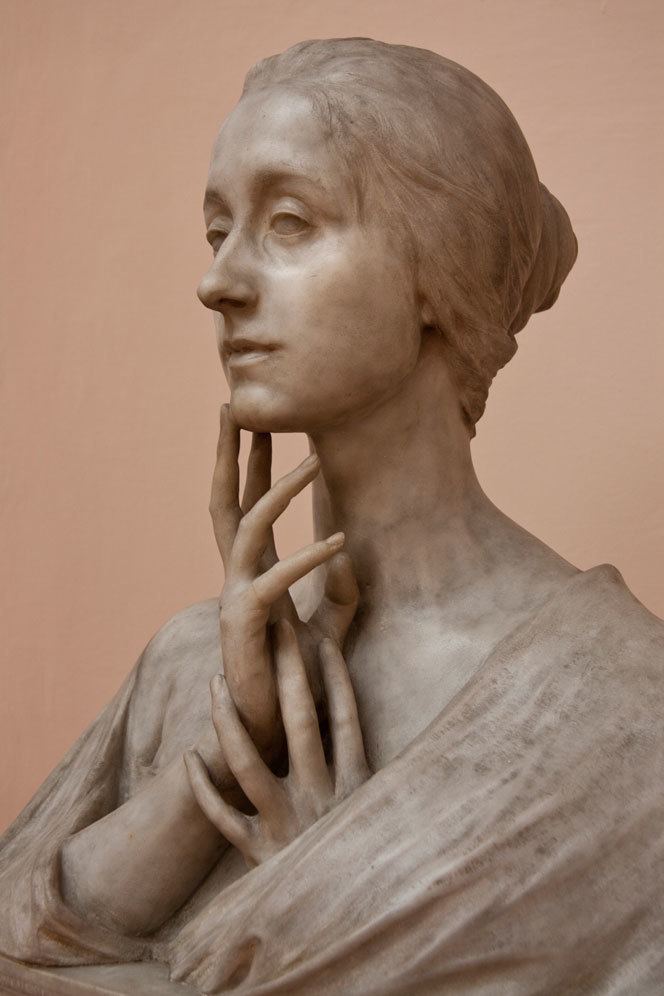
Tradizioni d arte visita allo scultore pietro canonica
Biography
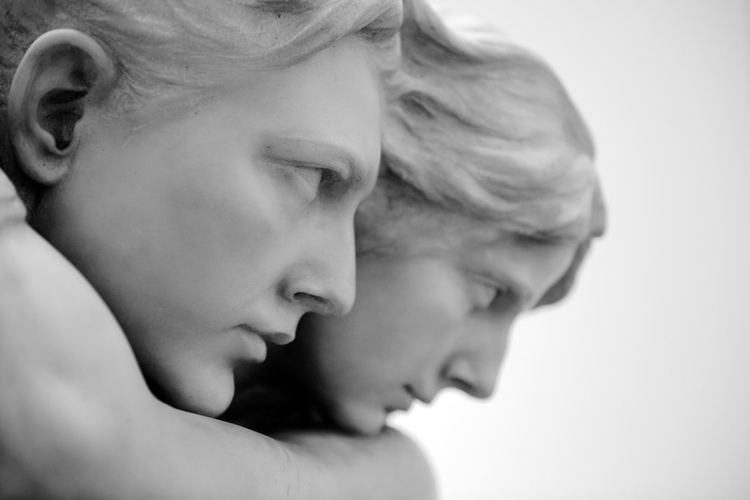
He was born in Moncalieri, a town in the Province of Turin, northern Italy. His long and prestigious artistic career started at an early age when he became an assistant to Luca Gerosa at age of only ten. One year later, he was admitted to the Accademia Albertina di Belle Arti of Turin, where he was instructed by Enrico Gamba and Odoardo Tabacchi in making sculpture.
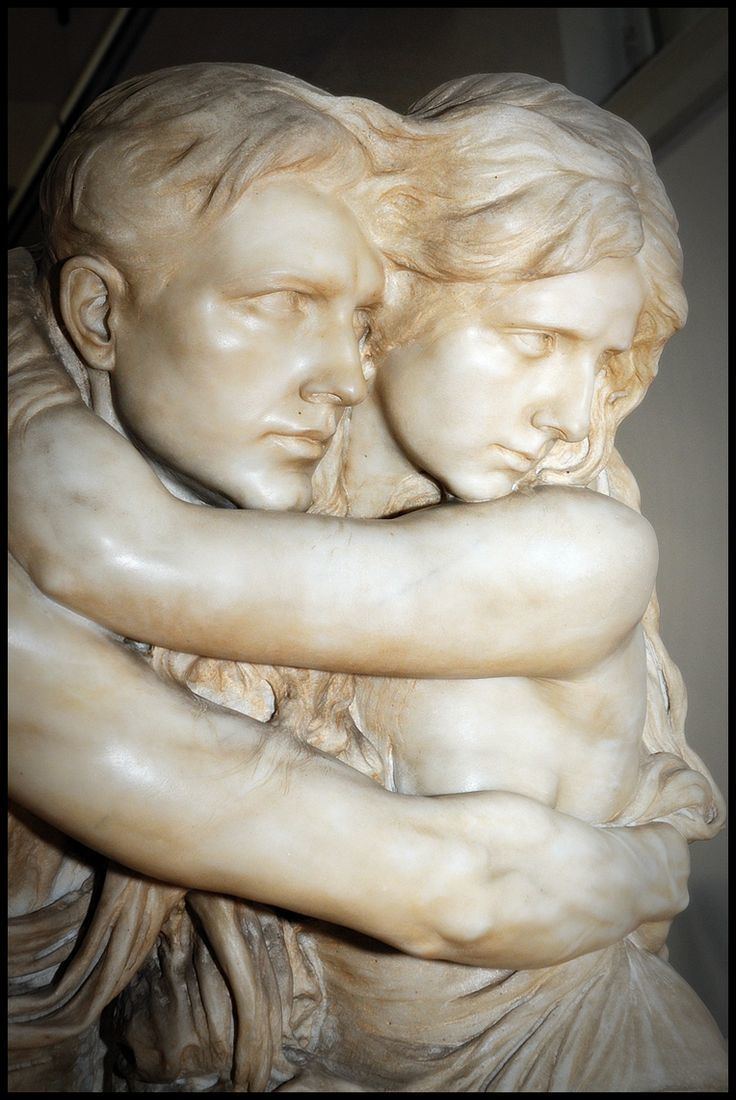
He initially adhered to the traditions of Naturalism, with Romantic and Renaissance influences, turned but later to Realism, without making concessions to the more avant-garde artistic tendencies of the 20th century. After World War II, Pietro Canonica devoted himself to more religious artworks.

He gained big success in the official environment of Turin for his civic and religious monuments. Following the formative period in Turin, he moved in 1922 to Rome, and participated in important national and international exhibitions in Milan, Rome, Venice (Italy), Paris (France), London (England), Berlin, Dresden (Germany), Monaco, Brussels (Belgium) and St. Petersburg (Russia), and received official recognition. Commissioned by Italian and foreign aristocracy in European courts, Pietro Canonica created portraits and commemorative works with passion. The master of equestrian sculpture also produced medallic art.
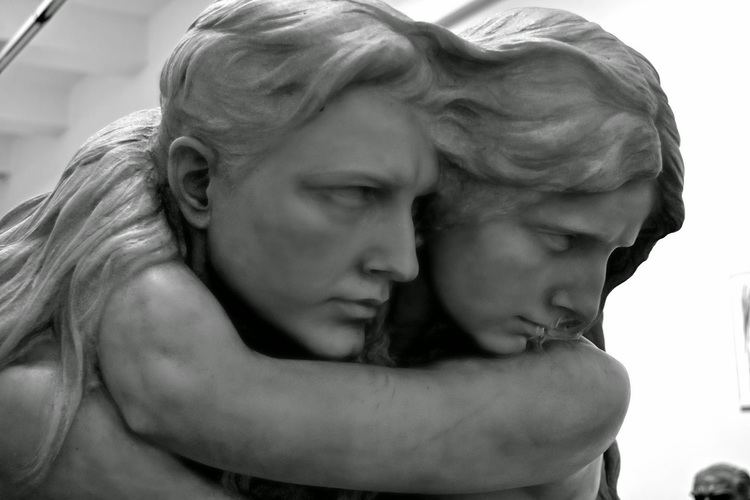
He was professor of sculpture at the Accademia di Belle Arti di Venezia (1910) and later at the Accademia di Belle Arti di Roma. He was in the first cadre of members named to the Royal Academy of Italy in 1929, and a member of the Accademia Nazionale di San Luca (1930).
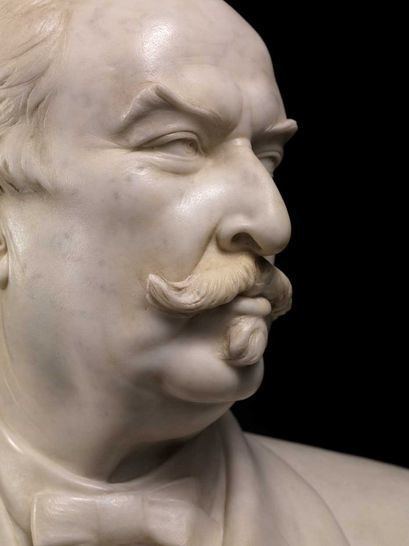
In 1937, he managed to obtain the concession to renovate Villa Borghese, a 16th-century building owned by the City of Rome and used as administrative offices until it was abandoned in 1919 following a fire. In exchange of the promise to donate his artworks to the city, he was allowed to use the historical building as home and studio, which he repaired and decorated at his own expense. The unusual architectural construction within the Villa Borghese gardens, called also "La Fortezzuola", is a museum since 1961 dedicated to his name, exhibiting studies, models, sketches, casts and original works of the artist. His wife donated the valuable furnishings and paintings found in their private section after her death in 1987.
Pietro Canonica was also an accomplished musician and composed the operas La sposa di Corinto (1918), Miranda (1937), Enrico di Mirval, Impressioni, Sacra Terra and Medea (1959).
In 1950, Italian President Luigi Einaudi nominated him life senator for his outstanding artistic achievements. Pietro Canonica died on June 8, 1959 in Rome.
